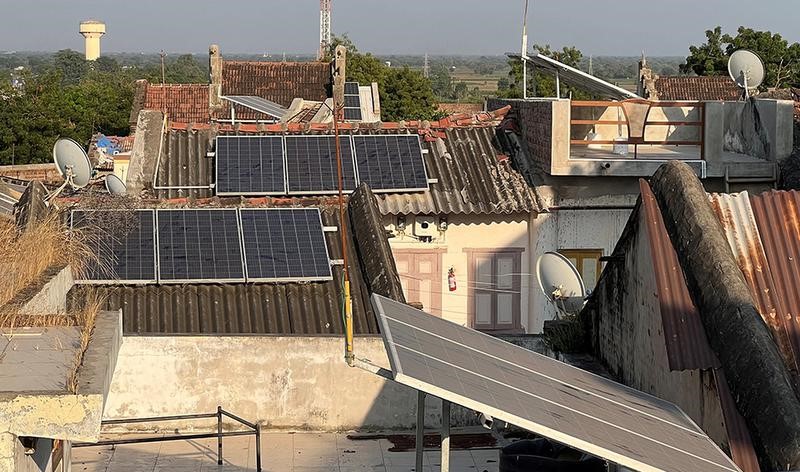Free Courses Sale ends Soon, Get It Now


Free Courses Sale ends Soon, Get It Now



Disclaimer: Copyright infringement not intended.
Context
Details
Examples
About the Mission
Vision & Mission
Objectives of the Mission
Under this Mission, at broad-level, there are three important objectives as follows:
Strengths, Weaknesses, Opportunities and Threats (SWOT)
Strengths
Weaknesses
Opportunities
Threats
About IGNCA
|
PRACTICE QUESTION Q) Which of the following statements with reference to cultural assets in Indian villages is/are incorrect? a. Modhera in Gujarat is the first solar-powered village in India. b. Pandrethan in Kashmir is Asia’s oldest fossil park. c. Bishnoi village in Rajasthan is famous for the Chipko movement.
Answer: Option 2 |
https://epaper.thehindu.com/ccidist-ws/th/th_delhi/issues/31682/OPS/GA1B384QF.1+GTUB38SEV.1.html
© 2024 iasgyan. All right reserved